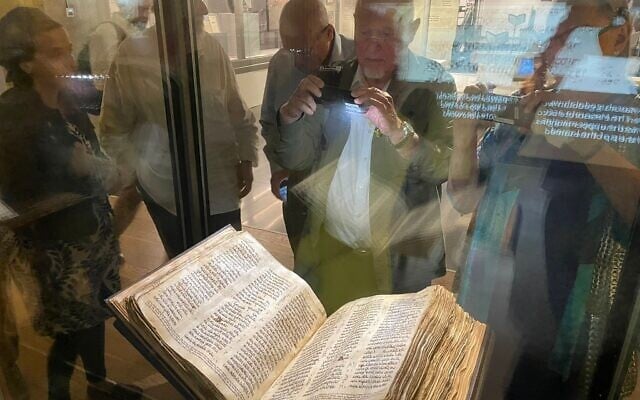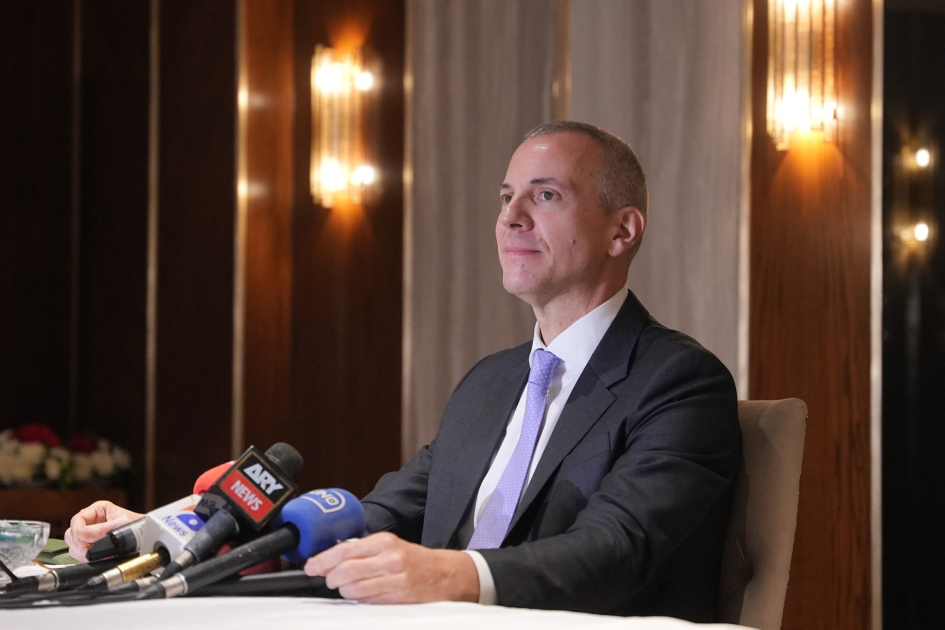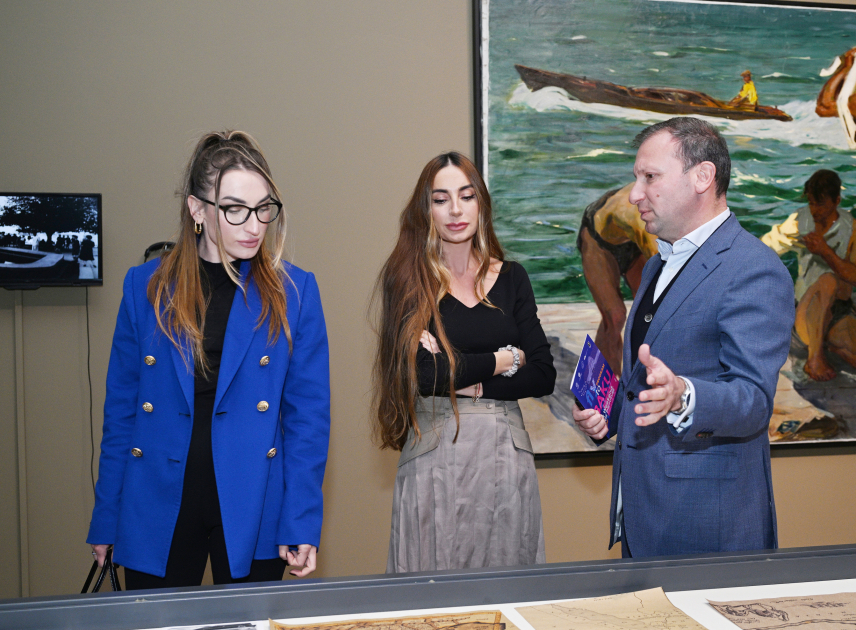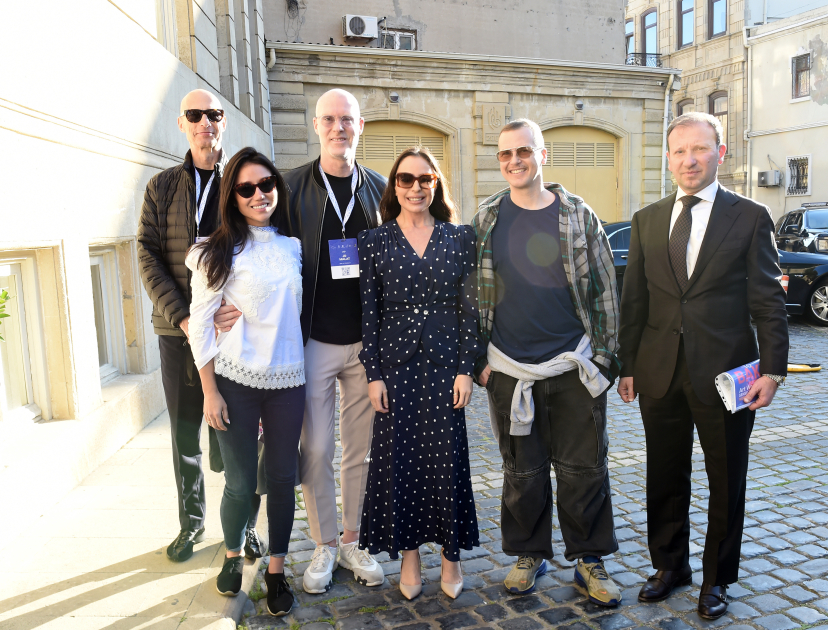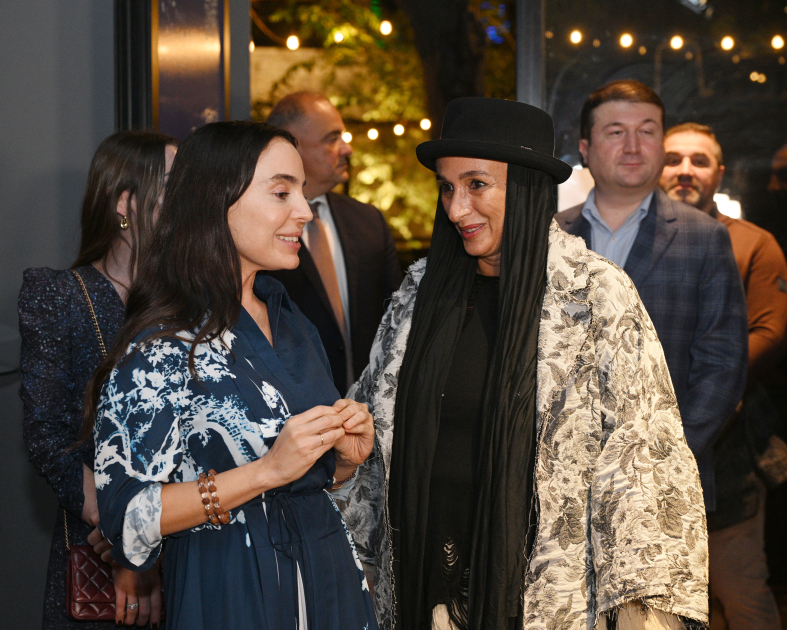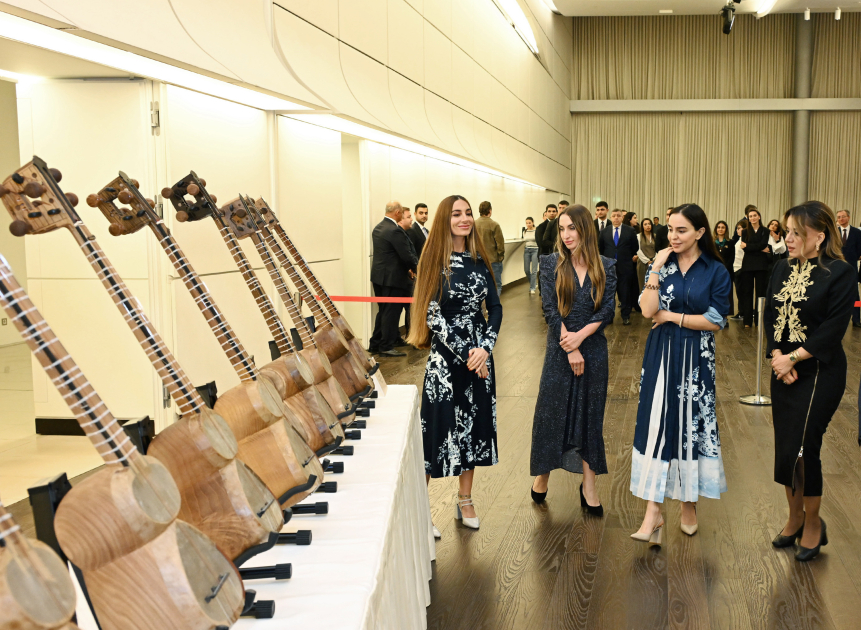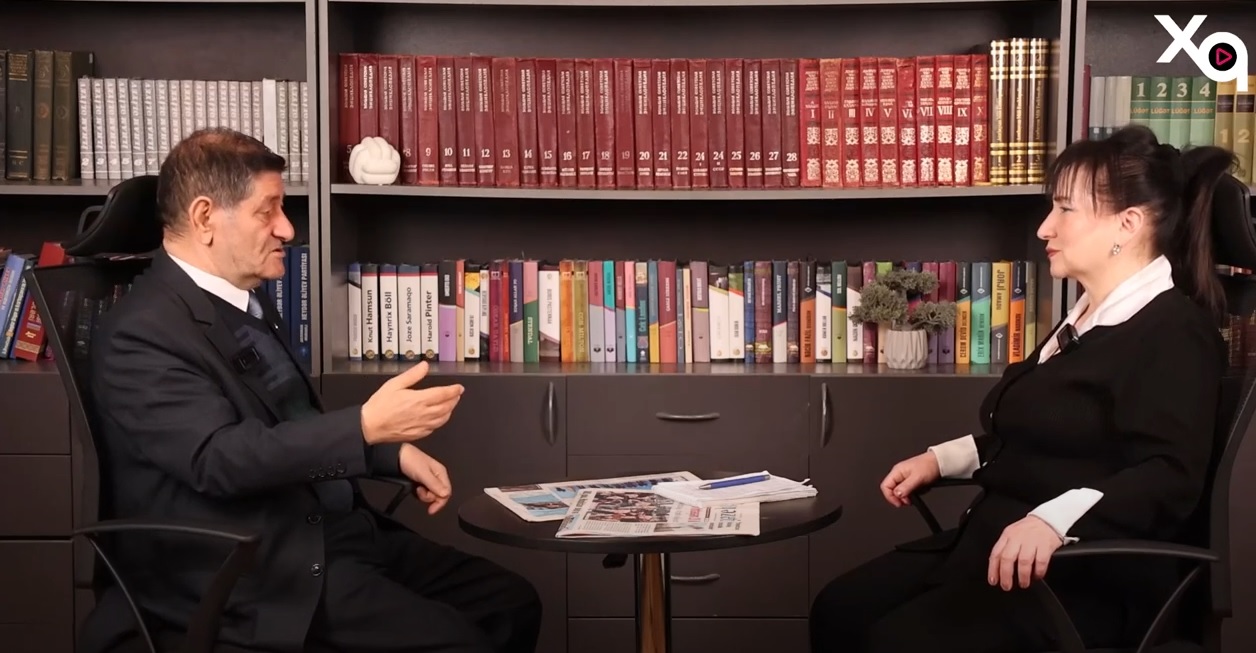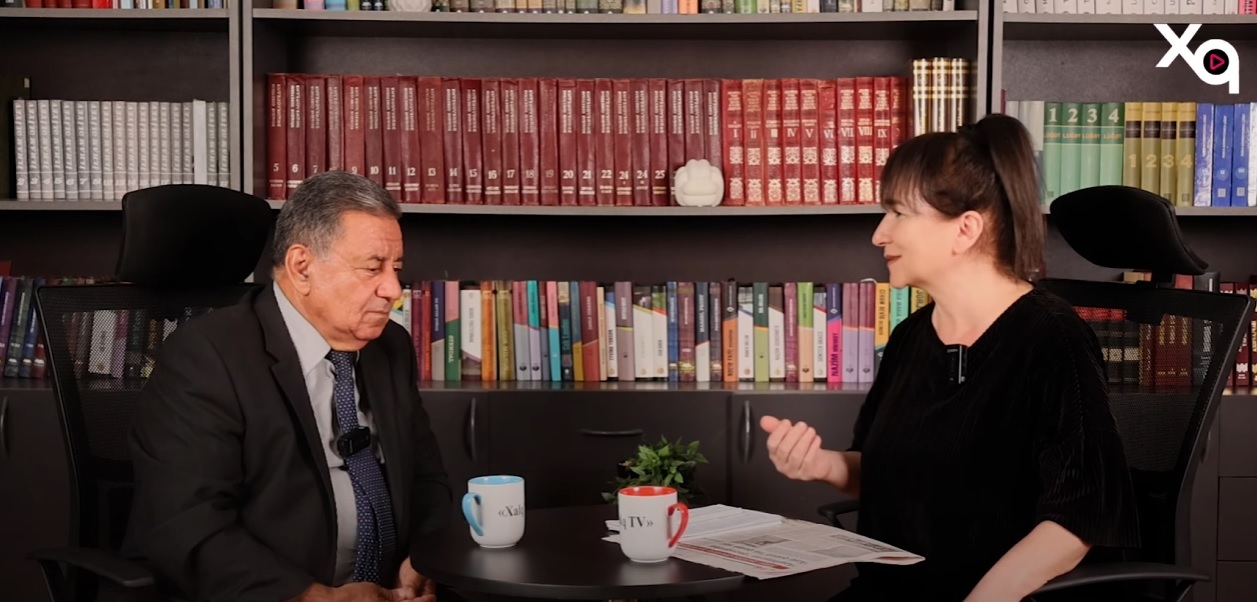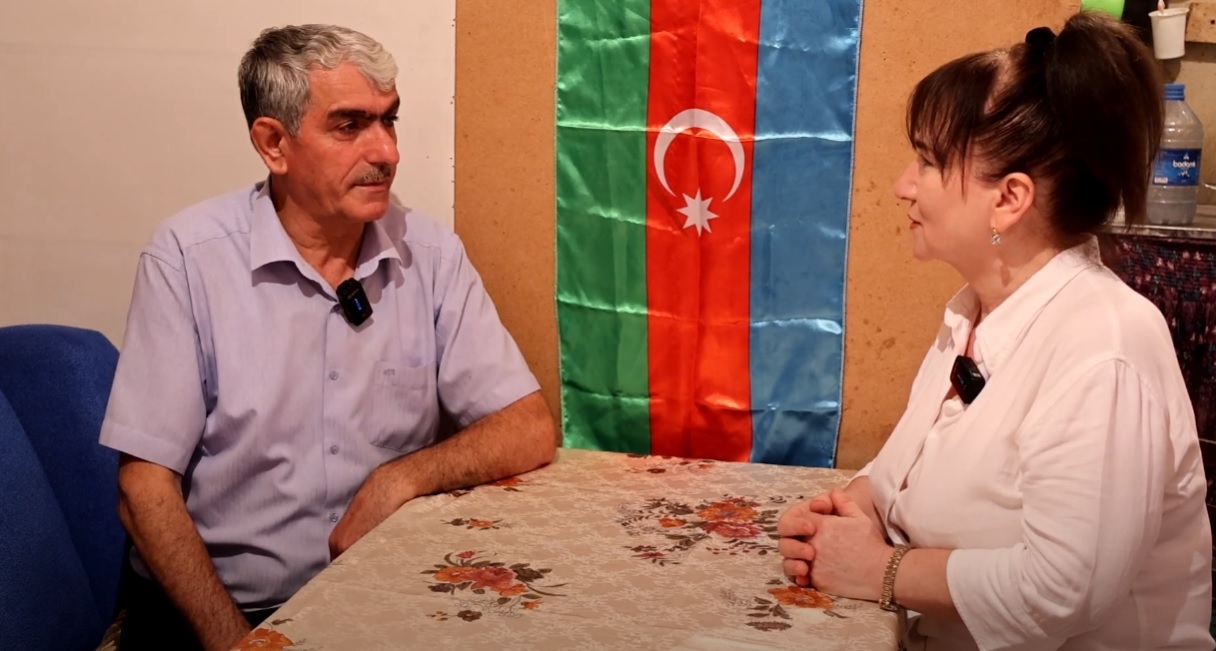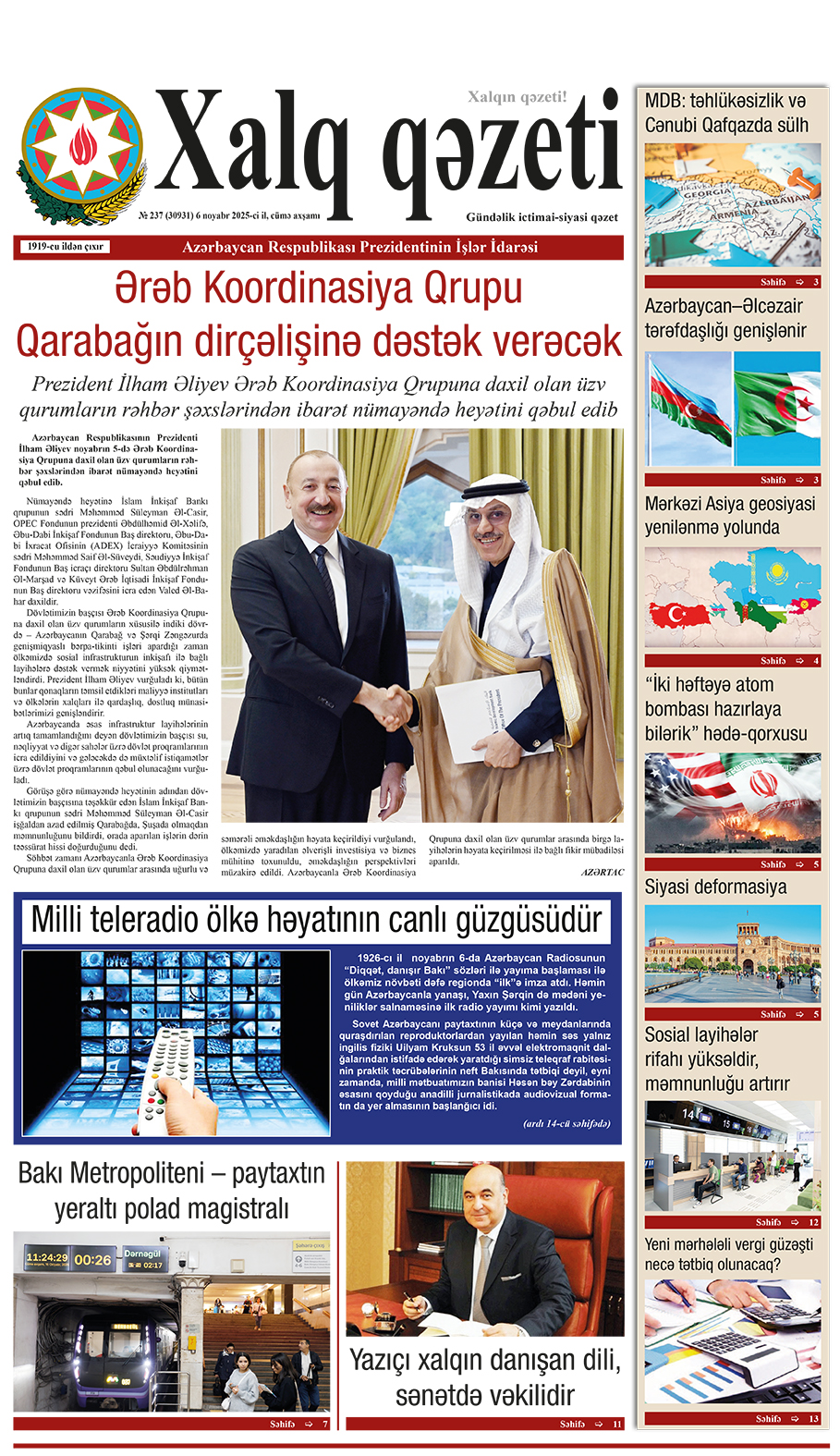By Rossella Tercatin
In time for Shavuot, the country also welcomes another centuries-old unique manuscript, the Shem Tov Bible, which too was once part of David Solomon Sassoon’s collection
'The Bible is the soundtrack of Jewish history'
On October 5, 2023, an El Al flight from New York touched down in Israel, carrying an extraordinary piece of history. In the cockpit, a special suitcase held the world’s oldest nearly complete Hebrew Bible, en route to its new home at the ANU – Museum of the Jewish People.
The unparalleled manuscript, more than 1,000 years old, was scheduled to go on permanent display just days later, on October 11. But the Hamas onslaught of October 7, when thousands of terrorists stormed into southern Israel, killing some 1,200 people and kidnapping 251 to Gaza, put the display on hold.
Twenty months later, the museum inaugurated the Codex Sassoon permanent exhibition at the heart of its collection on Thursday. The event, which took place ahead of the Jewish holiday of Shavuot, represented an opportunity to celebrate the role of the Hebrew Bible in modern Jewish and Israeli identity.
(Rossella Tercatin/Times of Israel)
On October 5, 2023, an El Al flight from New York touched down in Israel, carrying an extraordinary piece of history. In the cockpit, a special suitcase held the world’s oldest nearly complete Hebrew Bible, en route to its new home at the ANU – Museum of the Jewish People.
The unparalleled manuscript, more than 1,000 years old, was scheduled to go on permanent display just days later, on October 11. But the Hamas onslaught of October 7, when thousands of terrorists stormed into southern Israel, killing some 1,200 people and kidnapping 251 to Gaza, put the display on hold.
Twenty months later, the museum inaugurated the Codex Sassoon permanent exhibition at the heart of its collection on Thursday. The event, which took place ahead of the Jewish holiday of Shavuot, represented an opportunity to celebrate the role of the Hebrew Bible in modern Jewish and Israeli identity.
“Today we are counting 601 days after October 7, the day that changed everything,” said ANU CEO Oded Revivi. “This Bible, written some 1,100 years ago, is now returning home to the heart of the Jewish state. In moments like these, we understand how intertwined our identity is with memory and text.”
“The Bible is not just an ancient book, it is the soundtrack of Jewish history,” he added. “It has accompanied us, held us in the face of enemies, and offered words for hope and prayer.”
Comprised of 792 parchment pages bound into a single volume, the Codex Sassoon contains all 24 books of the Hebrew Bible. Analysis of its materials and script confirms that it was written in the early 10th century, making it one of the oldest biblical manuscripts known to date.
Several handwritten notes scattered throughout the Codex Sassoon offer valuable glimpses into its storied past.
One inscription in Judeo-Arabic records the sale of the manuscript by Khalaf ben Avraham to Yitzhak ben Yehezkel al-Attar, witnessed by two individuals (though undated, scholars estimate the transaction took place around the year 1000).
Another note identifies the Codex as the property of the synagogue in Makisin, believed to correspond to present-day Markada in Syria.
A final inscription, added in the 14th century on the last page, recounts the synagogue’s destruction and entrusts the Codex to a man named Salama ibn Abi al-Fakhr for safekeeping until the house of worship could be rebuilt.
No information exists on the manuscript’s fate for the following 600 years. Still, it resurfaced in 1929, when it was offered to David Solomon Sassoon, a passionate book collector and member of the prominent Iraqi Jewish family who had moved to London from India. Sassoon purchased the Bible for 350 pounds.
In the 1970s, several of Sassoon’s descendants sold the Codex, which was purchased by the British Rail Pension Fund. It was later acquired by a private collector, Swiss banker Jacob (Jacqui) Safra. In 2023, the manuscript returned to the spotlight when it was auctioned at Sotheby’s for $38 million. The buyer, Alfred H. Moses — a former US ambassador to Romania and president of the American Jewish Committee — donated the historic artifact to ANU.
“My late grandmother and grandfather Rabbi Isaac Halevy Herzog and Rebbetzin Sarah Herzog were close friends with the Sassoons,” President Isaac Herzog recalled in a video message screened during the event.
“Flora Sassoon, who was the matriarch of that family and was one of the only women in the 19th century to run an economic empire, was a dear friend of my grandparents and my great-grandparents,” he added. “I believe that the Sassoons always wanted this unique Bible to be here in the very place where the Jewish people founded their nation-state.”
Herzog recalled how, during Shavuot, the Jewish people celebrate the gift of receiving the Torah from God.
“This is the gift of the original inspiration that sparked the rich and ongoing conversation within our people for millennia,” Herzog noted. “What better time to recall the gift of this inspiration? What better time to welcome Codex Sassoon?”
Former hostage Agam Berger, one of the surveillance soldiers who were taken captive by Hamas and released during a ceasefire in January, also attended the event with her mother Meirav Berger.
In August 2024, ANU organized an event to mark Agam’s 20th birthday while she was still in captivity. As the family would learn after she was freed, Agam happened to see a broadcast about the event on television while she was still in Gaza, the first time she saw her mother’s face in captivity.
“Being here today represents the closing of a circle,” Meirav said, expressing her hope that the families of the 58 hostages still in Gaza will also be able to hug their loved ones soon.
“The Codex Sassoon is not just a manuscript; it is a living testimony to the eternity of the Jewish spirit that survived wars, fires, and crusades,” she added. “It is testimony that despite everything, we are here and that from destruction springs new growth.”
After the event, participants had the opportunity to admire the Codex on display, opened to the page featuring the Ten Commandments (Deuteronomy 5:6-21).
Another Sassoon manuscript in Israel: The Shem Tov Bible
The Codex Sassoon is not the only ancient Bible that belonged to Sassoon that has recently found a new home in Israel.
On Wednesday, the National Library announced that the 14th-century Shem Tov Bible will be on permanent display in its Jerusalem headquarters on long-term loan from philanthropists Terri and Andrew Herenstein, who purchased the artifact from Sotheby’s in 2024.
The illuminated manuscript was completed by Rabbi Shem Tov ben Abraham Ibn Gaon at the beginning of the 14th century in Spain. The scholar brought the Bible with him on his journey to Israel in 1312. For 300 years, the manuscript remained in the region before it was brought to North Africa in the 17th century.
Similar to what happened to the Codex Sassoon, it was acquired by Sassoon in the first half of the 20th century and then by Safra in the 1990s before being auctioned again last year.
“The Shem Tov Bible – also known as the Sefer HaYashar– represents the pinnacle of biblical and kabbalistic scholarship in the medieval period,” NLI Judaica Collection Curator Dr. Chaim Neria said in a statement. “Its addition to the NLI collection provides an unparalleled resource for studying the development of the Masorah [tradition of biblical transmission], and Jewish textual and artistic traditions, in particular those of Spain.”
In keeping with the Jewish tradition of beautifying ritual objects, the manuscript features artistic embellishments influenced by contemporary Christian and Islamic motifs, including arcades, Gothic arches, gilded frames, and depictions of birds and beasts.
“Receiving this manuscript, especially at the time of Shavuot, which celebrates the giving of the Torah, is profoundly significant,” NLI Chairman Sallai Meridor said in a statement.
“Having traveled from Spain to Jerusalem, Baghdad, Tripoli, London, and Geneva, the Shem Tov Bible has come full circle and is now back home, returning to the very place where Rabbi Shem Tov ben Abraham Ibn Gaon lived and intended for it to be, in the land of Israel, and now in Jerusalem,” he added.


